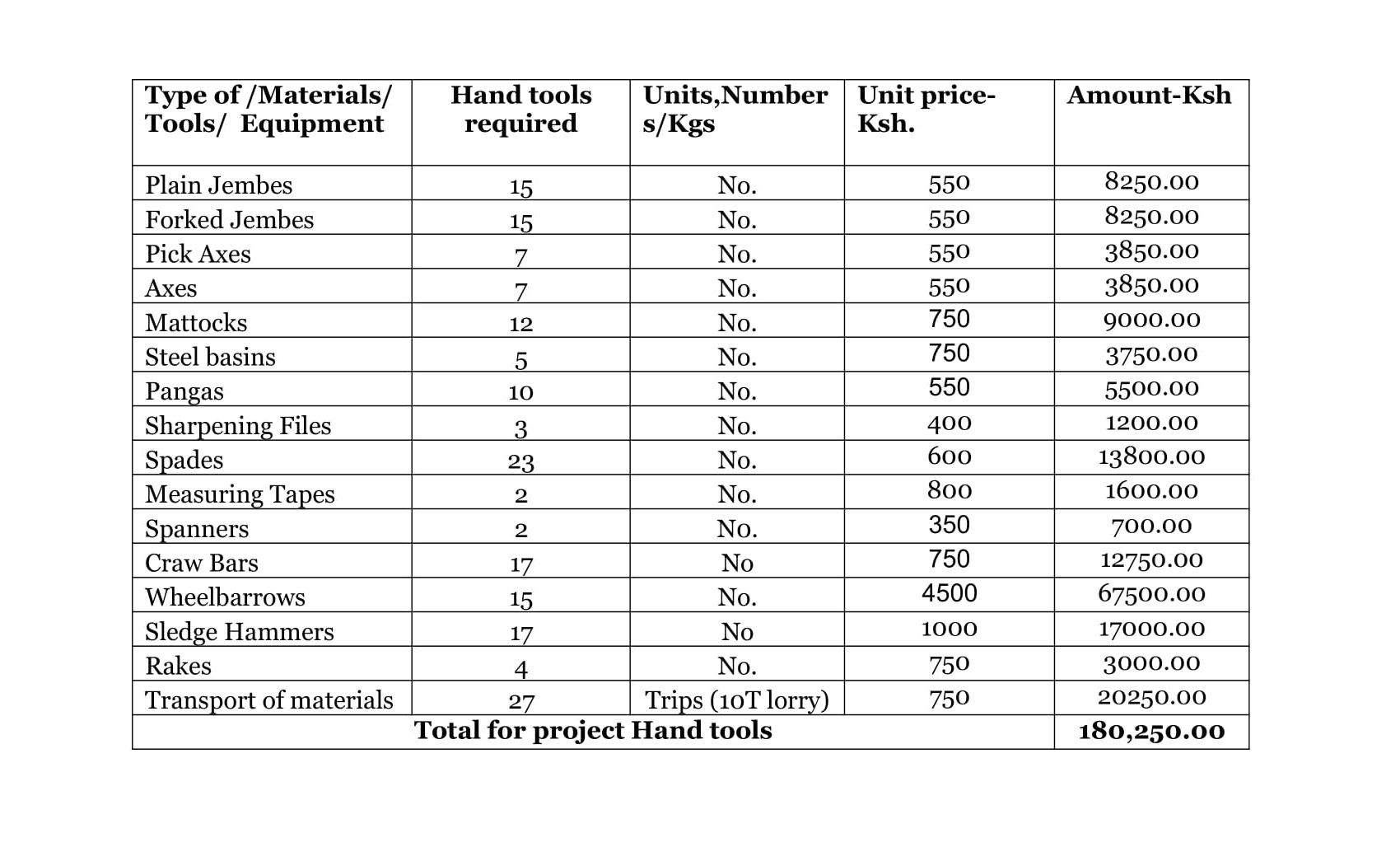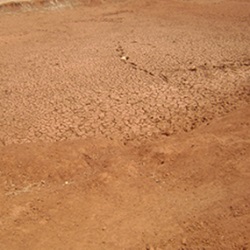Qumbiso Water Pan
Qumbiso water pan was constructed in Qumbiso location , Hareri division, ,Mandera east Sub county of Mandera County under the initiative of FFA from May 2012 to August 2013. The area has a population of approximately 2460 people from 410HH. The inhabitants are traditionally pastoralist and few members practicing agro-pastoralist.

For many year, the region has been experiencing acute water shortage every year due to rainfall failure with very little water harvesting and storage structures for surface run-off and underground water. The community used to walk long distance of 10km to River Daua to fetch water for domestic use and water their animals. All livestock were taken near the river belt for 2 months therefore, migration of livestock negatively affected school attendance as well as milk availability for children and the elderly compromising their nutrition status. According to Abdia Shaaban, a small business holder who lives near the pan, “Families spent almost the whole day walking to and from the river. As the drought intensified, much of the time was consumed looking for water. Sometimes we had to buy water from the vendors at a cost of Ksh.50 per 20litre Jerican, or sometimes I would lack water for use and close and go to the river whereby I spent almost the whole day to and from the river.” During the process of project identification for the second phases of FFA implementations courtesy of Consortium of Cooperating Partners, World Food Programme and the National Drought Management; the community was quick to identify and prioritize excavation of an earth pan of 5000m3 . When the FFA was rolled out in May 2012, the community embarked on constructing the pan while other partners provided food and technical guidance.
Hand tools used for the project are

This went on until Augustl 2013 when excavation was completed after having achieved 4000 m3. The Ministry of Agriculture offered to support other partners and help the community solve the problem of water shortage.The ministry chipped in their support by providing machinery for expansion .The pan was expanded to 11,000m3. The pan collected water to half capacity after a few days of short rainfall seasonal at the end of October 2013
Food resources issued to beneficiaries from May 2012-July 2014

The pan was then fenced to control accessibility. When the long rain season began, the pan collected water to full capacity for the first few days. Mrs Abdia says the problems of water scarcity are now finished, she can concentrate in her business because she has enough time.. The community has saved a lot from the bills spent to buy water and they have formed a water users association to manage the pan. Sometimes they sell water to construction sites when the pan has impounded enough water. Furthermore, the survival rate of livestock has increased to 70% as there is enough water for livestock use. Based on the discussions with the management committee, money obtained from sale of water is kept as savings for use in desilting the pan. The community has enough time to work on other development and has promised to maintain and protect the pan area to ensure that the community has a continuous supply of clean water .





